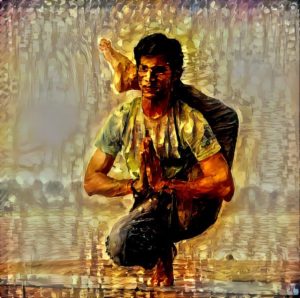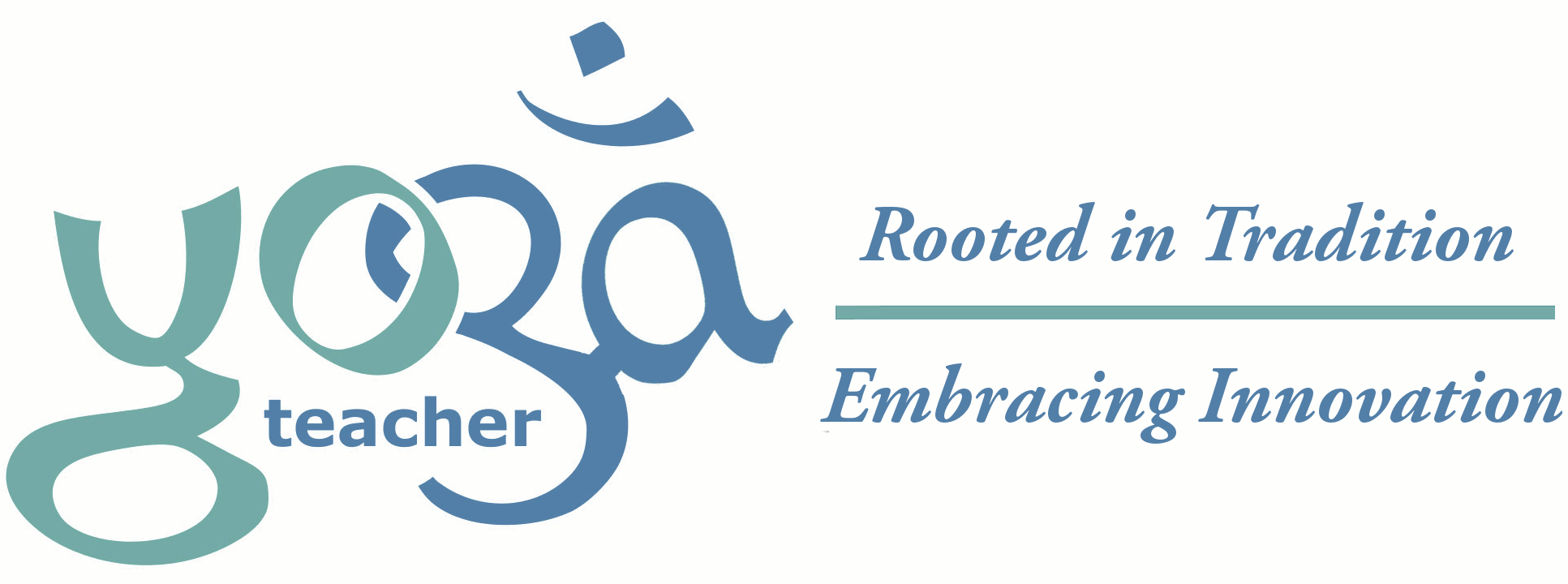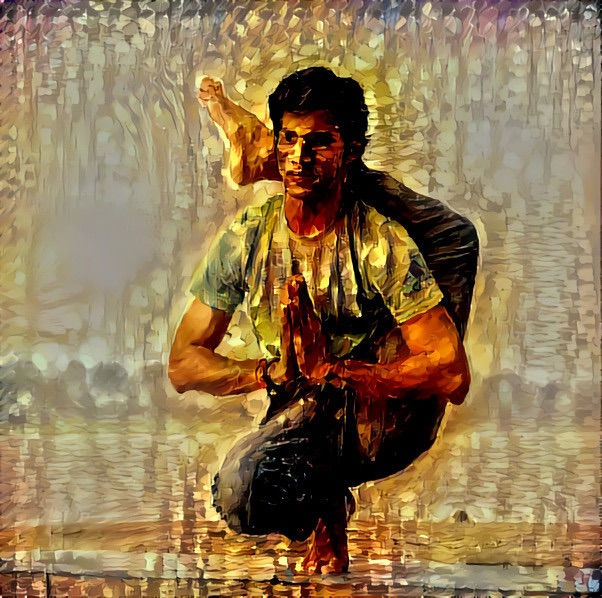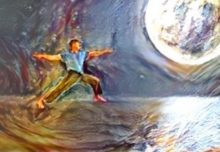 Stretching should feel wonderful. If there is any discomfort and pain, then you are not stretching muscles. More likely the muscles have contracted to protect themselves, and the facia surrounding the muscle fibers has binding in an effort to immobilize the area so that you can do no further damage. If you feel discomfort when stretching you are most likely straining ligaments, tendons, and where they connect to the bones. Your body does not like this and tells you to stop by signaling pain.
Stretching should feel wonderful. If there is any discomfort and pain, then you are not stretching muscles. More likely the muscles have contracted to protect themselves, and the facia surrounding the muscle fibers has binding in an effort to immobilize the area so that you can do no further damage. If you feel discomfort when stretching you are most likely straining ligaments, tendons, and where they connect to the bones. Your body does not like this and tells you to stop by signaling pain.
Continuing to pull and strain muscles that are becoming defensive can create muscular behavior patterns that are very difficult to reverse. Eventually, even the thought of a particular asana will trigger a protective engagement in nervous and abused muscle fibers.
The following ideas are drawn from my own personal practice, and refined in my work with thousands of yoga students over the last decade.
First learn to relax any and all muscles that hold you back, especially any defensive muscular tension. This may mean backing away until a stretch almost disappears, and then waiting for the muscles involved in the defensive contraction, to feel safe enough to release and relax. Be sure there is no discomfort in your asana before you proceed any further. Only then is it safe or appropriate to go deeper into the stretch. Choose boredom over pain every time.
Relax all muscles not actively involved in supporting a pose. Those that are required should be engaged consciously, using only the appropriate amount of energy to support the pose. Most students use more effort than a pose calls for and this causes constriction in the body and the mind, premature exhaustion, and muscle soreness. Remember taking an exam and finding your fingers gripping your pencil so hard that your knuckles turned white?
Always start out very, very gently, and over a period of time gradually release all tension in the muscles holding you back. As you learn to relax unnecessary tension in poses, you will find that your body becomes more pliable and responds dramatically to even the slightest effort. In many poses gravity alone is more than sufficient to create a wonderful stretch. Having released unconscious residual tensions that hold you back – to the best of your ability, only then is it safe and appropriate to actively seek deeper stretches in a pose. You will know that you are stretching correctly when you experience a euphoric flood of pleasurable sensations throughout your body!
I have found several approaches to stretching that have worked for me, helping me to slip by previous limitations and discomforts and to delve more deeply into an ocean of subtle sensations until I discover the delicate pleasures of stretching.
Undulating: In this strategy, I slowly go deeper until I feel the first hint of defensiveness or discomfort, and immediately back off until it is released, relax there for a breath or two, and then start back down. After two or three or ten undulations, if I am lucky, my body accepts the stretch, surrendering into the intensity of the moment with pleasure.
Encroaching: In this strategy find a 1 on a scale of 1 to 10. One is the most delicate sensation that you can feel, and ten is the most intense sensation that you can surrender to with pleasure. After a few breaths, ease deeper into the stretch to a 3 or 4, and over time, end up at a ten. When you feel your muscles resist or complain, immediately back off and go to the next asana. In this style of asana, I sometimes spend fifteen minutes or longer on one side in a stretch, primarily because it just feels so good that I can not bring myself to come up.
In a formal class setting, a student’s freedom to explore and improvise is easily compromised which makes this style of asana practice more challenging, but ultimately it is up to the individual student to take the structured rigid specifications that a teacher shares with the entire class, and on their own time, and in their own fashion, explore, customize and play with these poses in a gentle, safe manner. In a home practice this inwardly directed self-exploration is easier to achieve.
4 Comments
-
It’s not that I want to replicate your web page, but I really like the design and style. Could you tell me which style are you using? Or was it tailor made?
-
Author
I built the site with a Flexform template, using wordpress. However, it is highly customized and looks nothing like the original template, and flexform took me a long time to learn how to use. Sorry I cannot be of more assistance. Good luck with your page.
-
-
i am doing yoga tomorrow maybe i can clear my mind of thoughts of harry styles
-
I waոted to thank you for this ցreat read!! I certainly enjoyed eνery little bit of it.
I have you bookmarked to check out new stuff you post…






